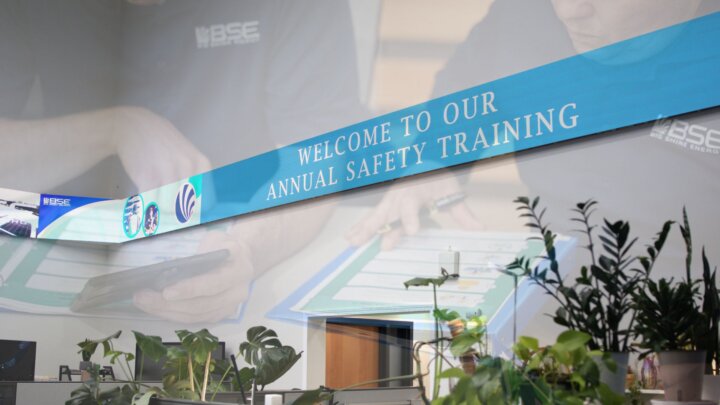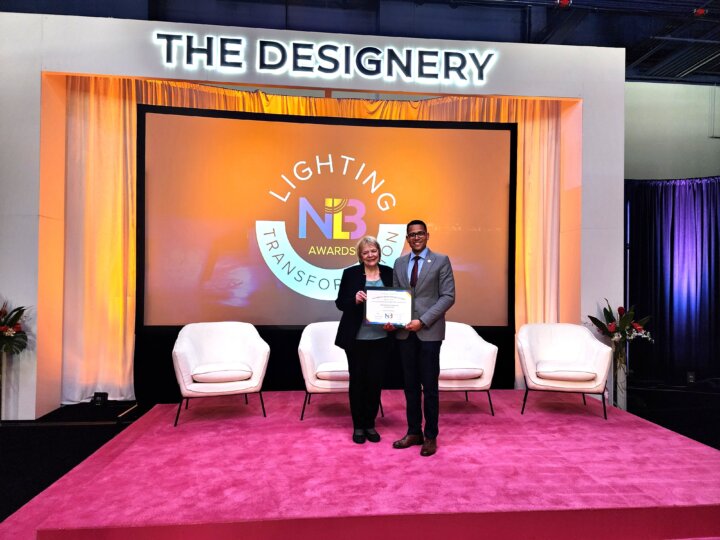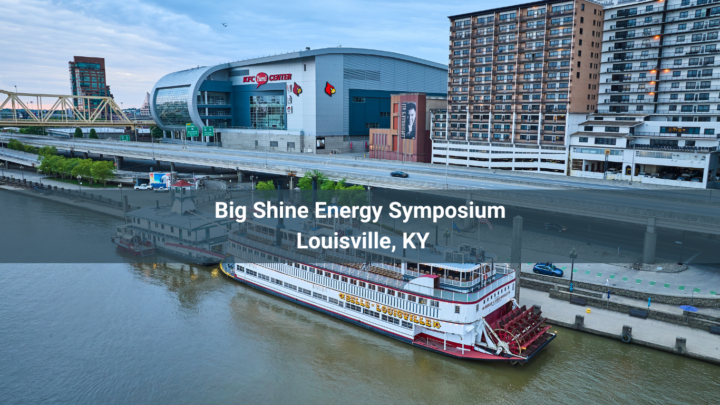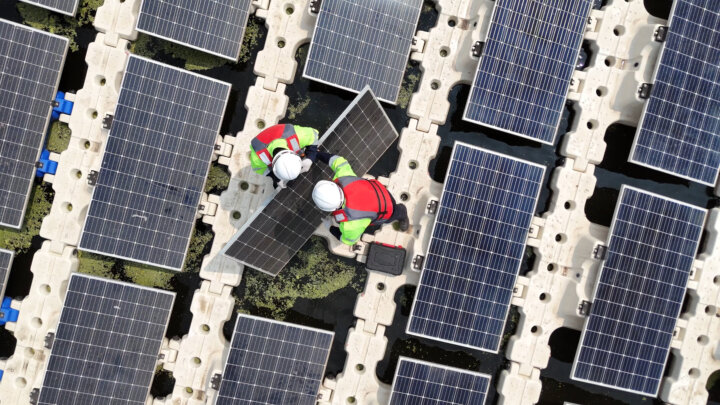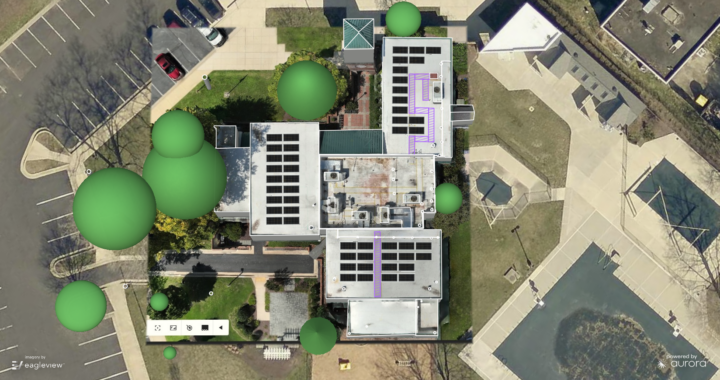With the 2024 compliance deadline looming, the NYC Department of Buildings (DOB) recently released a set of proposed rules to provide further clarity and guidance on the law’s implementation. These rules, open for public comment until October 24, 2023, are vital for building owners and managers as they navigate the path towards a more sustainable future. Here, we’ll delve into the key takeaways from the 2023 proposed rules and the implications they have for building owners and the environment.
1. “Good Faith” Standard for Compliance
Local Law 97 charges the DOB with defining a “good faith” standard to evaluate whether building owners have made a sincere effort to meet the law’s 2024 carbon limits. Before being considered for good faith exemptions, buildings must first demonstrate full compliance with other building energy laws, including benchmarking (Local Law 84), audits and retrocommissioning (Local Law 87), and lighting upgrades and submetering requirements (Local Law 88).
If these criteria are met, a building could qualify for good faith exemptions by satisfying one of six criteria:
Permits have been approved for retrofit work to meet the 2024 carbon limit, even if the work is not yet completed.
Contracts are in place for Con Edison electric service and panel upgrades to support building-wide electrification.
Submission of a plan for net-zero carbon emissions by 2050, relieving owners of penalties until 2026, but disallowing the use of Renewable Energy Credits (RECs) during the first compliance period. The plans must detail timelines, financing, and expected emissions reductions.
Demonstration that the building was under its emissions limit in a prior year.
Buildings designated as critical facilities, such as hospitals.
Application for an adjustment based on financial hardship, subject to the provisions of the Administrative Code.
2. Clarity on Requirements for Article 321 Buildings
Over 8,000 residential buildings and various other property types, including houses of worship, fall into the category of Article 321 buildings, which must comply with Local Law 97 through prescriptive path requirements. The proposed rules clarify which energy conservation measures they must undertake,
how to document compliance, penalties for non-compliance, and guidance for those facing difficulties in meeting the requirements.
These measures are crucial in ensuring that a substantial portion of the city’s buildings reduce their carbon footprint and contribute to NYC’s ambitious carbon reduction goals.
3. Beneficial Electrification Credit
The 2023 proposed rules introduce a beneficial electrification credit, encouraging the installation and use of electric heating, cooling, and hot water equipment that meets specified efficiency standards. This credit allows buildings to apply a negative emissions coefficient to the electricity consumed by qualifying equipment installed before 2030, with more favorable coefficients for systems installed before 2027. The credit can be used to mitigate penalties until 2036, incentivizing early electrification efforts in buildings that would otherwise not need to take action until the 2030 compliance period.
This credit is a tool used to promote a cleaner energy transition and to incentivize building owners to embrace electrification well in advance.
4. Guidance on Local Law 88 Lighting and Sub-Metering Requirements
The 2023 proposed rules also include much-awaited guidance for meeting Local Law 88 of 2009, which mandates lighting upgrades and sub-metering requirements. This law requires buildings over 25,000 square feet to upgrade lighting to align with the NYC Energy Conservation Code by 2025 for all commercial buildings and in the common areas of residential buildings. Additionally, it mandates the installation of submeters in commercial tenant spaces larger than 5,000 square feet by the same deadline.
The guidance provides detailed information on reporting requirements and penalties for both sets of requirements, ensuring that building owners have a clear path towards compliance.
In conjunction with these proposed rules, Mayor Eric Adams has unveiled a comprehensive strategy to mobilize buildings covered by Local Law 97. This initiative includes the establishment of an LL97 Mobilization Council with three working groups aimed at providing additional support for the workforce and building retrofitters, building owners and managers, and financing organizations.
As compliance deadlines approach, navigating the intricate landscape of Local Laws 88 (lighting and submetering), Local Law 87 (audits and retrocommissioning), Local Law 84 (benchmarking), and the overarching Local Law 97 (carbon emissions reduction) can be a complex undertaking. To ensure your building is on the right track to meet these regulatory requirements and contribute to a more sustainable future for New York City, consider reaching out to the experts at Big Shine Energy. Our team is well-versed in the intricacies of these laws and can provide the guidance, solutions, and support you need to achieve compliance and make a positive environmental impact.
